The mango tree (Mangifera indica) is a tropical fruit-bearing tree known for its delicious and juicy mango fruits. Here’s a description and care guide for cultivating a mango tree:
Description:
Leaves: The leaves of the mango tree are lance-shaped, glossy, and dark green. They are arranged alternately on the branches and can vary in size depending on the variety.
Flowers: Mango trees produce small, fragrant flowers that are typically white or pale yellow. The flowers are usually borne in clusters at the ends of the branches.
Fruits: The mango fruit is the highlight of the tree. Mangoes come in various sizes, shapes, and colors, depending on the variety. The skin of ripe mangoes can be yellow, orange, red, or even green. The flesh ranges from fibrous to smooth and is known for its sweet and tropical flavor.
Care:
Sunlight: Mango trees thrive in full sun. They require at least 6 to 8 hours of direct sunlight daily to produce healthy growth and abundant fruit. Place your mango tree in a location with maximum sunlight exposure.
Climate: Mango trees are tropical plants and require a warm climate to thrive. They are not cold-tolerant and can be damaged by frost. Ideal temperatures range between 70°F and 90°F (21°C to 32°C).
Soil: Mango trees prefer well-draining soil that is rich in organic matter. The soil should have good water retention while allowing excess water to drain away. A slightly acidic to neutral pH range of 6.0 to 7.5 is suitable.
Watering: Provide regular and deep watering to keep the soil consistently moist, especially during the flowering and fruiting periods. Avoid waterlogged conditions, as this can lead to root rot. Reduce watering in the winter months when growth slows down.
Fertilization: Mango trees benefit from regular fertilization. Use a balanced, slow-release fertilizer formulated for fruit trees. Apply the fertilizer during the growing season, following the package instructions for the recommended dosage.
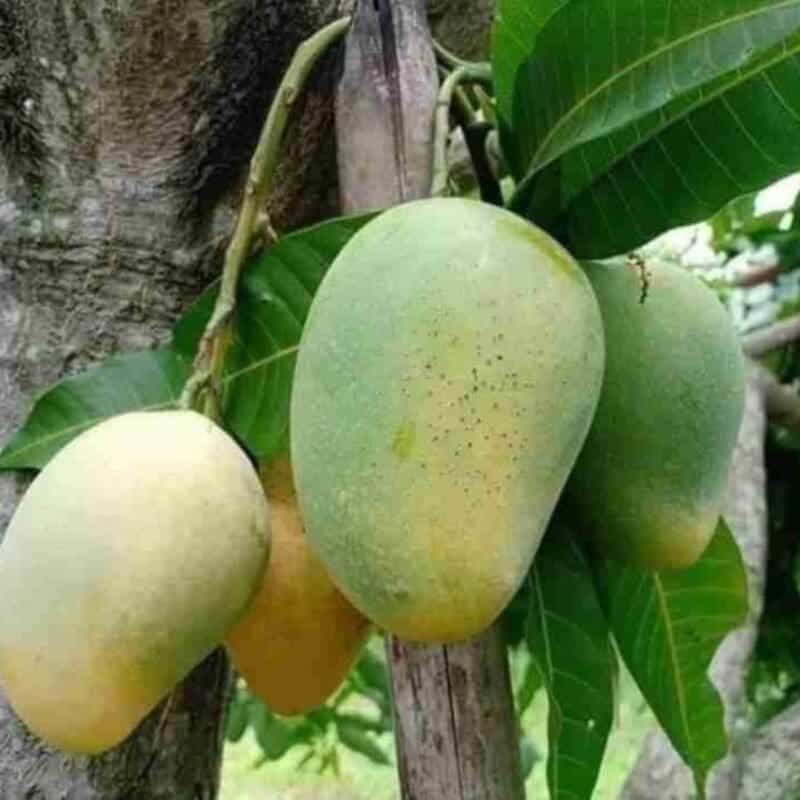
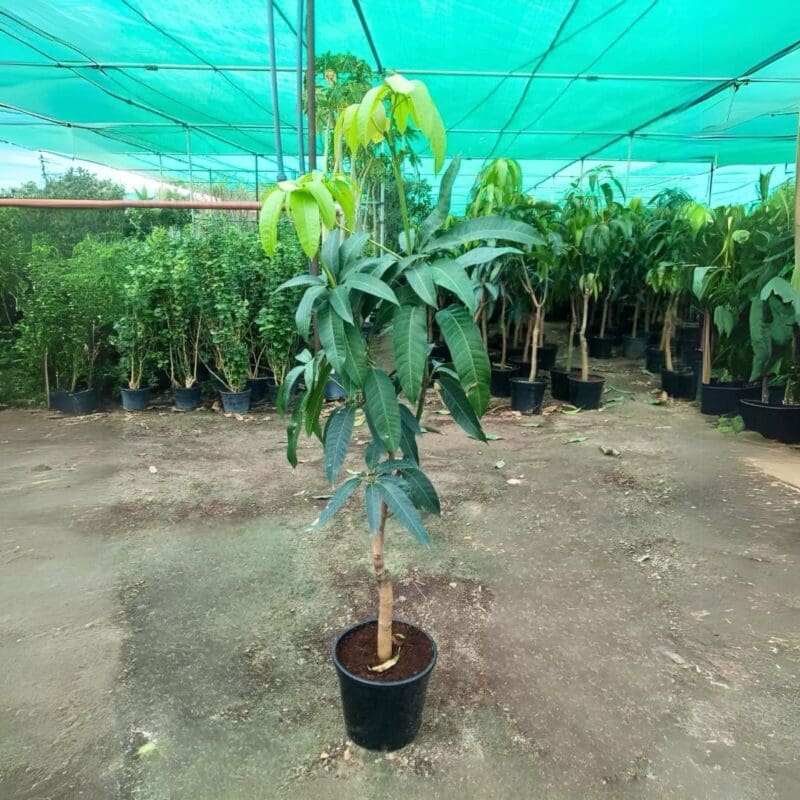
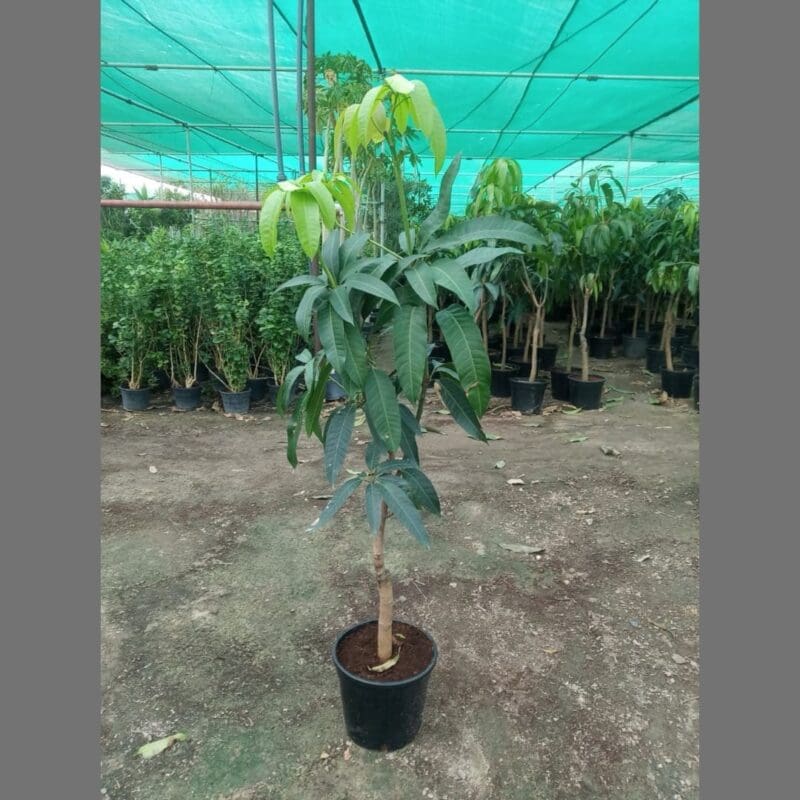


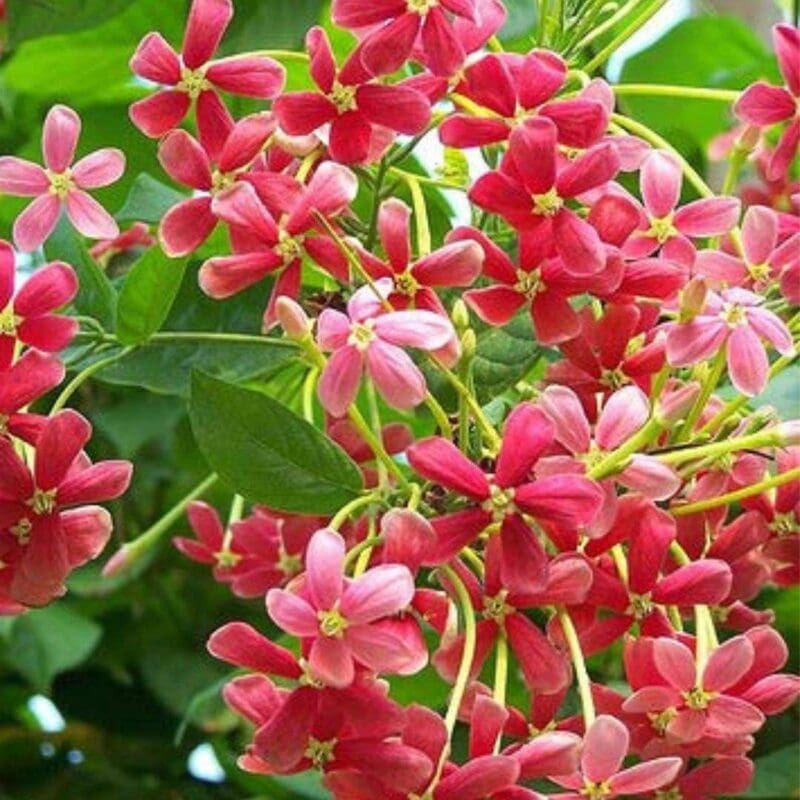

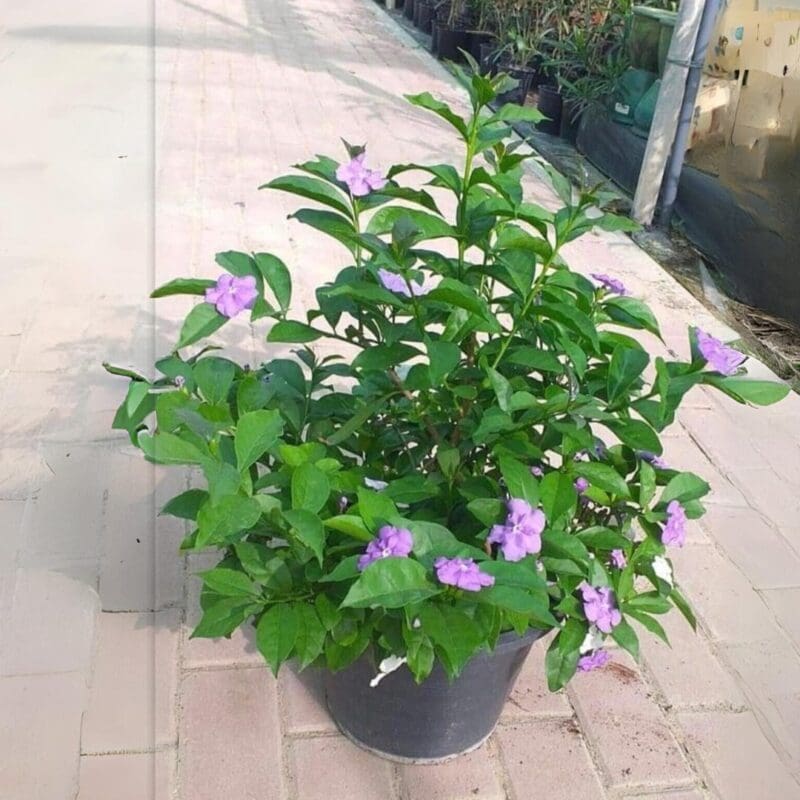

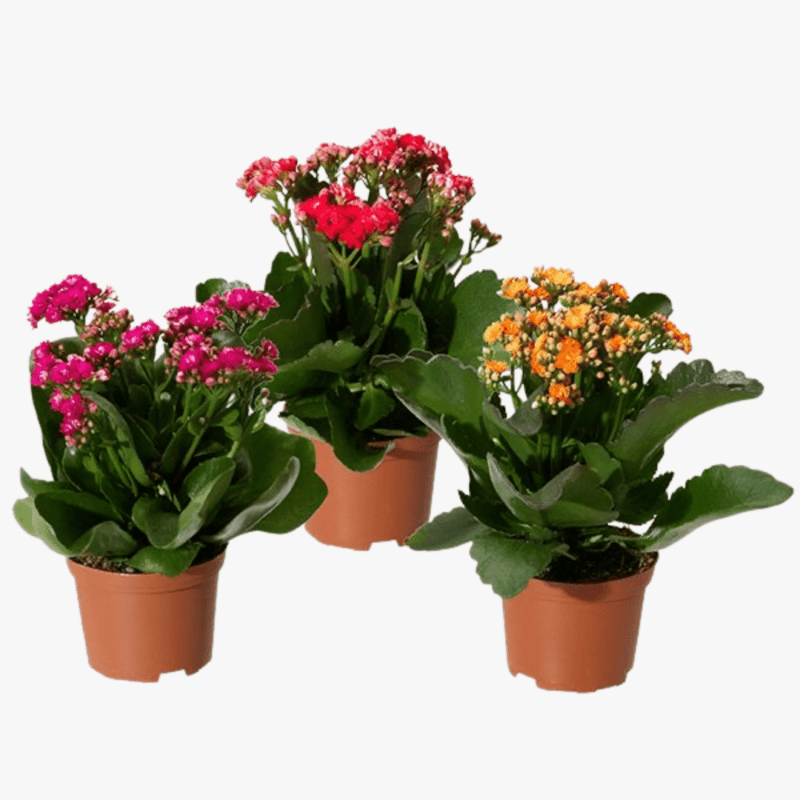
Reviews
There are no reviews yet.